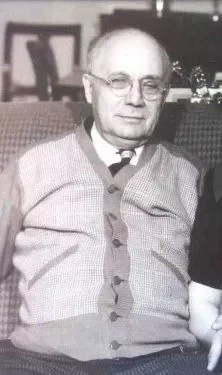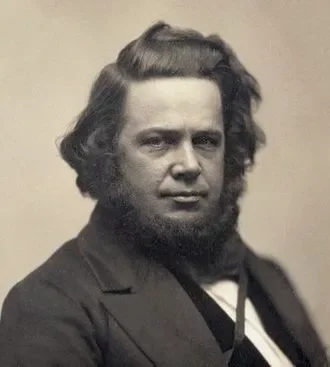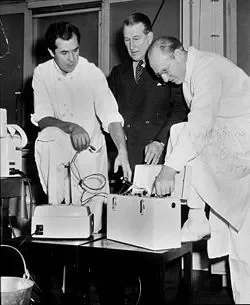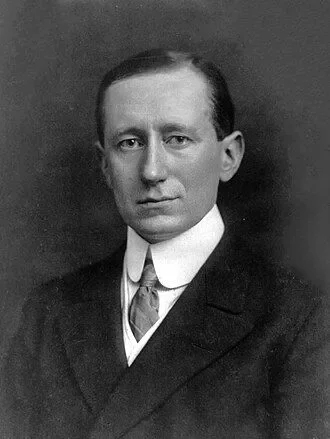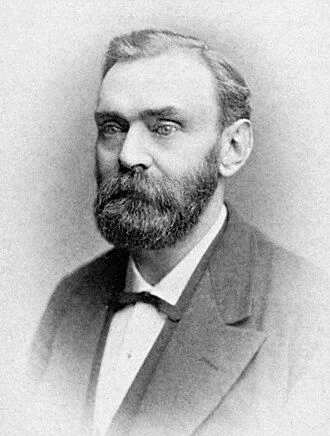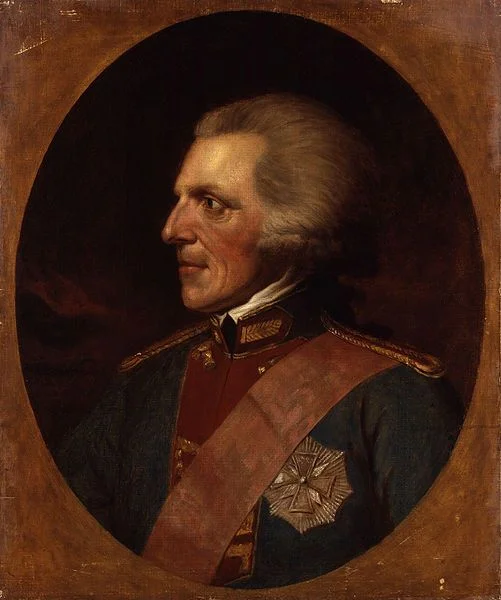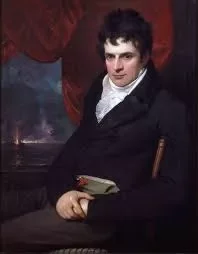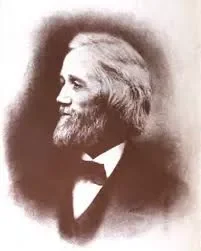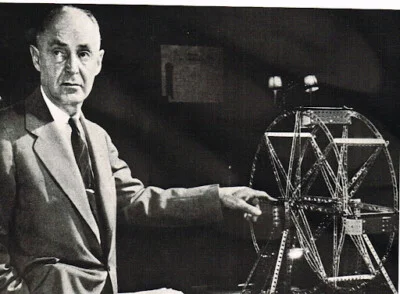Real Celebrities Never Die!
OR
Search For Past Celebrities Whose Birthday You Share

source:mwtv.in
Nils Bohlin
Birthday:
17 Jul, 1920
Date of Death:
26 Sep, 2002
Cause of death:
Natural causes
Nationality:
Swedish
Famous As:
Engineer
Age at the time of death:
82
Early Life and Education
Nils Ivar Bohlin, born on July 17, 1920 in Harnosand, Sweden, was a prominent automotive safety designer. His invention of the three-point seat belt saved many lives and improved car safety.
While growing up in Sweden, Nils Bohlin showed an early aptitude for mechanical engineering. He academically pursued this interest. In 1939, he completed his engineering studies at Harnosand Larowerk. His future was significantly influenced by this educational base.
Early Career in Aviation
Bohlin started his professional career in 1942 at Swedish aircraft maker Saab. As an aircraft designer was focussed on designing ejection seats for fighter pilots. The experience he acquired from working on safety systems in high-speed vehicles helped him with his later inventions.
Joining Volvo
In 1958, Bohlin made a career change that changed the course of automotive history. He joined Volvo as a safety engineer, becoming the company’s first chief safety engineer. At the time, Volvo was placing greater importance on safety as a main selling feature for its vehicles.
Inventing the Three-Point Safety Belt
At Volvo, Bohlin decided to improve the existing two-point lap belt, which was causing internal damage in high-speed accidents. Using his knowledge of aircraft ejection seats, he aimed to design a belt securing the upper and lower body.
After about a year of development, Bohlin introduced his invention to Volvo in 1959. The three-point seatbelt was simple yet highly effective. It was made up of two straps – one going across the chest and the other across the hips – which met near the person’s waist. This design distributed the impact forces across the chest, spine, and shoulders, significantly reducing the risk of injury.
Impact and Legacy
Volvo understood the importance of this effort and decided to offer free licenses to other automakers. This decision played a key role in the fast acceptance of the three-point seat belt in the automotive field.
Bohlin’s invention had a profound impact on road safety. The U.S. National Highway Traffic Safety Administration calculates that thousands of lives are saved annually in the United States alone due to three-point seat belts.
Bohlin continued to work on automotive safety innovations, throughout his career. He retired from Volvo in 1985 as chief engineer, but his legacy lived on.
Recognition and Later Life
Bohlin has received many awards for his work in automotive safety. In 1974, he won the Ralph Isbrandt Automotive Safety Engineering Prize, was inducted into the Hall of Fame for Safety and Health in 1989, and received the gold medal from the Royal Swedish Academy of Engineering Sciences in 1995. In 1999, he was inducted into the Automotive Hall of Fame.
Nils Bohlin's Quote's
Personal Life
Bohlin was married to Maj-Britt Bohlin, and together they had two children and eleven grandchildren. His professional work was enriched by his family life, creating a personal connection to the safety innovations he developed.
Nils Ivar Bohlin died on September 26, 2002 in Ramfal, Sweden, at the age of 82. Days prior to his death, he was informed of his induction into the National Design Hall of Fame for his contributions.
Bohlin’s life shows how one person’s ideas can greatly influence society. The three-point seat belt he invented is still a common safety feature in all cars, silently safeguarding millions globally.
Name:
Nils Bohlin
Popular Name:
Nils Bohlin
Gender:
Male
Cause of Death:
Natural causes
Spouse:
Place of Birth:
Härnösand, Sweden
Place of Death:
Tranas, Sweden
Occupation / Profession:
Personality Type
Logistician: Practical and fact-minded individuals, whose reliability cannot be doubted. Bohlin’s focus on practical, reliable, and life-saving solutions is evident in his engineering and safety design work for the automotive industry.
Bohlin’s seatbelt design secures the upper and lower body, reducing the risk of injury in collisions
His innovation is often described as simple yet extremely effective in increasing vehicle passenger safety
It’s estimated that Bohlin’s seatbelt has saved over one million lives globally
Volvo waived the patent to allow all car manufacturers to adopt the safety belt for the benefit of public safety
Inducted into the National Inventors Hall of Fame in 1985
Invented the three-point seatbelt in 1959, now a standard safety feature in vehicles worldwide
Honored with the Gold Medal by the Royal Swedish Academy of Engineering Sciences Recognized by Time Magazine as one of the “Top 100 Most Important Inventions of the 20th Century.”
